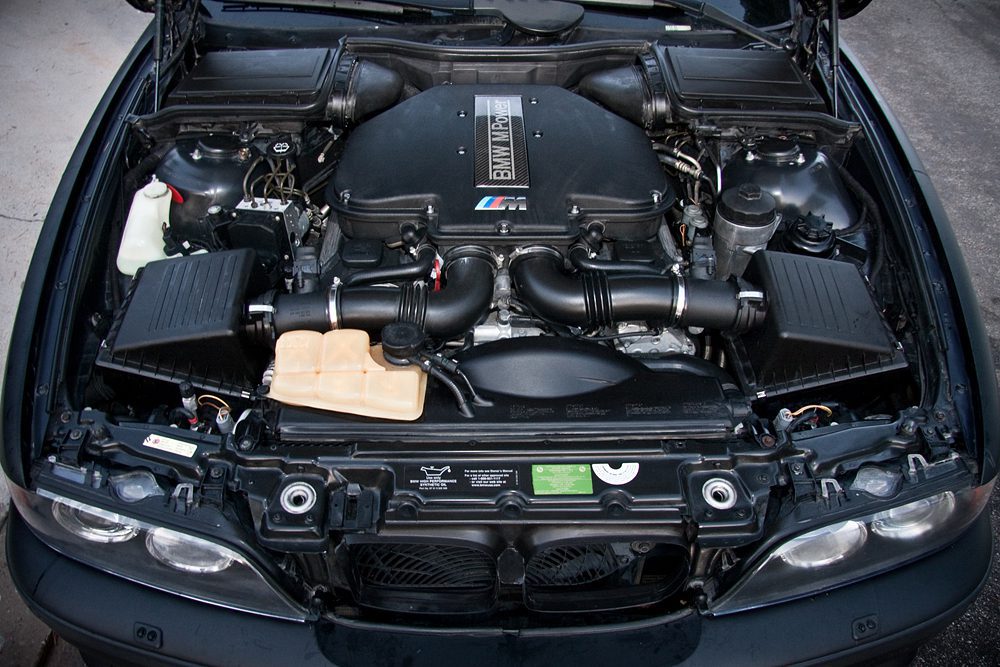Update Your Automobile with a New Opel Corsa Engine
Wiki Article
Comprehensive Review of a Subcompact Cars and truck's Powertrain Capabilities
In the realm of vehicle design, the powertrain of a subcompact car stands as an essential nexus where effectiveness, performance, and innovation converge. From the engine's relentless pursuit of ideal efficiency to the transmission's smooth choreography of power distribution, every component plays an essential function in defining the general driving experience.Engine Efficiency Evaluation
In assessing the engine efficiency of the subcompact car, a detailed analysis discloses its efficiency and power outcome under numerous driving conditions. The subcompact cars and truck's engine, an important component of its powertrain system, shows extensive efficiency metrics. The engine's efficiency is notable, as it optimizes fuel consumption without jeopardizing power distribution. Under typical driving problems, the engine operates smoothly, showcasing a balance in between efficiency and fuel economic situation.Furthermore, when based on rigorous testing scenarios such as high-speed acceleration or uphill climbs, the engine demonstrates strength and responsiveness. Its power output remains consistent, offering adequate velocity when needed. The subcompact automobile's engine is tailored to meet the needs of metropolitan driving, where quick acceleration and nimble ability to move are vital.
Additionally, the engine's design integrates modern-day technologies that improve its efficiency attributes. Attributes like turbocharging or variable shutoff timing add to enhanced power distribution and torque, improving the overall driving experience. In verdict, the engine performance of the subcompact vehicle underscores its ability to supply effective and dependable power outcome throughout numerous driving conditions.
Transmission Efficiency Assessment
Evaluating the subcompact automobile's transmission efficiency entails examining its performance in transmitting power flawlessly throughout various driving conditions. The effectiveness of a transmission system is essential as it directly affects the general performance and fuel economy of the car.
One usual approach used to evaluate transmission efficiency is through dynamometer testing, where the power result from the engine is measured at the input and outcome shafts of the transmission. By analyzing these aspects, engineers can identify areas for renovation and maximize the transmission system for far better overall performance and efficiency.
Fuel Efficiency Evaluation
The evaluation of the subcompact vehicle's fuel performance involves a detailed analysis of its intake rates under different driving conditions. Fuel performance is a vital consider assessing the overall efficiency and cost-effectiveness of a lorry. By gauging the amount of fuel taken in each range traveled, commonly shared as miles per gallon (MPG) or liters per 100 kilometers (L/100 km), the effectiveness of the subcompact automobile's powertrain can be identified.
Furthermore, improvements in technology, such as crossbreed systems, regenerative braking, and automatic start-stop systems, have considerably improved fuel effectiveness in modern subcompact automobiles. Manufacturers remain to innovate and maximize powertrain elements to boost fuel effectiveness while meeting efficiency needs and environmental laws. Examining a subcompact car's fuel performance provides important insights for consumers looking for sustainable and economical transportation remedies.
Acceleration and Handling Evaluation
An indispensable facet of examining the performance abilities of a subcompact automobile depends on analyzing its velocity and dealing with attributes. Velocity is critical as it identifies website here just how rapidly the lorry can get to wanted speeds, affecting general driving experience and ability to move in various traffic problems. opel corsa engine. Subcompact automobiles are commonly preferred for their nimbleness and agility, making velocity from standstill and during surpassing maneuvers important variables to take into considerationWhen it pertains to managing, a subcompact cars and truck's capability to navigate edges, preserve security at high rates, and provide a responsive guiding feeling are vital. Limited city streets and winding roadways require accurate dealing with to make sure vehicle driver confidence and security. Factors such as suspension tuning, weight distribution, and tire grip play substantial duties in establishing a subcompact car's total handling prowess.

Powertrain Elements Introduction
Upon diving right into the intricacies of a subcompact vehicle's performance, an extensive evaluation of its powertrain elements is crucial to understand the vehicle's mechanical underpinnings. The powertrain of a subcompact auto usually contains the engine, transmission, driveshaft, differential, and axles. The engine, usually a smaller sized displacement four-cylinder in a subcompact cars and truck, is responsible for generating power by burning fuel and converting the power into mechanical force. The transmission, whether manual or automated, transfers this power to the wheels via the driveshaft. The differential enables the wheels to revolve at different rates when transforming, improving ability to move. The axles transfer power from the differential to the wheels, making it possible for motion. Understanding how these parts collaborate is critical in evaluating a subcompact vehicle's total efficiency, efficiency, and driving dynamics. In the following section, we will dive much deeper into the certain duties and interactions of each powertrain element to supply a comprehensive summary of a subcompact car's powertrain capabilities.Conclusion
Finally, the subcompact car's powertrain capabilities have actually been completely examined in regards to engine performance, transmission effectiveness, fuel handling, acceleration, and effectiveness. The thorough testimonial highlights the value of each part working together perfectly to deliver ideal efficiency. On the whole, the powertrain parts of the subcompact automobile have actually been found to be effective and well-balanced, making it a reputable choice for chauffeurs seeking a small and fuel-efficient vehicle.In the world of vehicle engineering, the powertrain of a subcompact car stands as an essential nexus where effectiveness, technology, and efficiency merge.In examining the engine performance of the subcompact auto, a detailed analysis reveals its performance and power output under different driving conditions.Analyzing the subcompact car's transmission effectiveness involves assessing its efficiency in web sending power seamlessly throughout various driving conditions. Comprehending just how these elements work with each other is important in analyzing a subcompact automobile's general performance, performance, and driving characteristics.In verdict, the subcompact auto's powertrain capacities have been try this website extensively analyzed in terms of engine performance, transmission efficiency, fuel efficiency, handling, and acceleration.
Report this wiki page